Record-breaking heavy rains across South Korea triggered landslides and floods, forcing more than 900 people to evacuate in southern regions on September 21. As of the evening of September 21, South Korean authorities had not recorded any casualties. According to the Korea Meteorological Administration, the country has issued heavy rain warnings in the two southern provinces of Gyeongsang and Jeolla. Changwon City recorded 519 mm of rain in the two days of September 20-21, Busan City 390 mm and Yeosu City 399 mm, Yonhap News Agency reported.
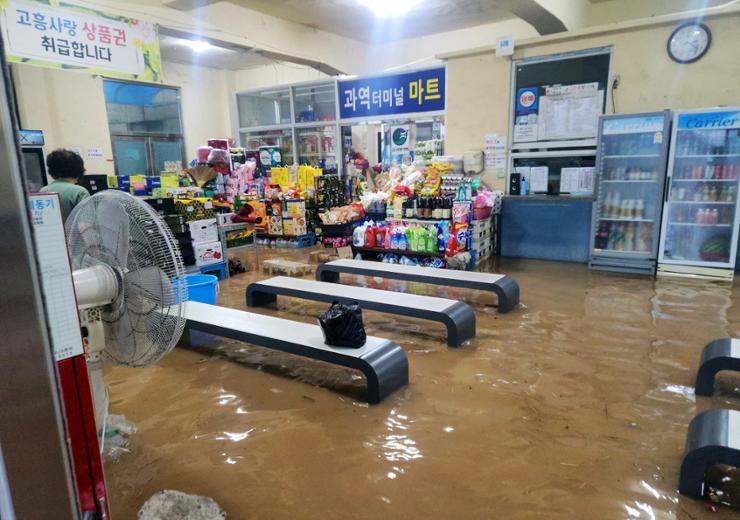
A flooded bus stop in Jeolla Province, southern South Korea on September 21.
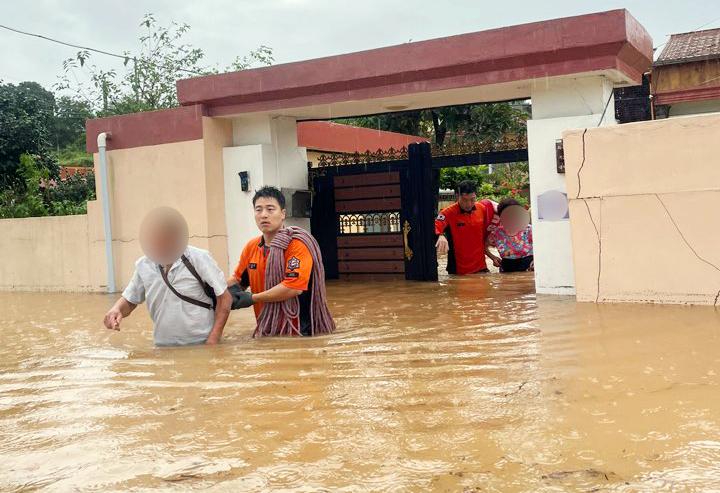
Rescue workers in Jeolla province evacuate residents on September 21.
On September 21 alone, Changwon recorded 315 mm of rain by 5 p.m., the highest amount ever recorded for a single day in September. Busan also recorded a record daily rainfall of 289.7 mm. The heavy rain in Busan caused a 10-meter long and 8-meter deep sinkhole, causing two trucks to fall into the hole.
The Central Disaster and Safety Countermeasures Agency said 903 people from 581 households had been evacuated to temporary shelters. Many roads were so heavily flooded that they were impassable. Rail and water transport routes were also disrupted.
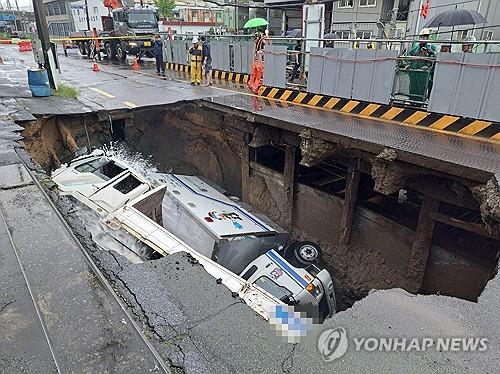
Two trucks fell into a deep sinkhole in Busan city, South Korea on September 21.
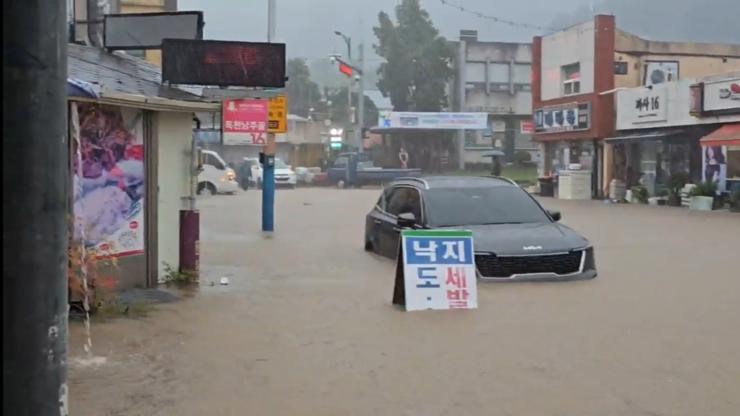
A flooded road due to heavy rain in Jeolla Province on September 21.
The Ministry of the Interior has raised the heavy rain warning from “caution” to “alarm”. Prime Minister Han Duck-soo has urgently instructed officials to mobilize all available administrative resources to minimize damage from heavy rain.
Meanwhile in Japan, The Japan Times reported on September 22 that at least one person died and 10 others were missing due to “unprecedented” heavy rain in many areas of Ishikawa province since September 21.
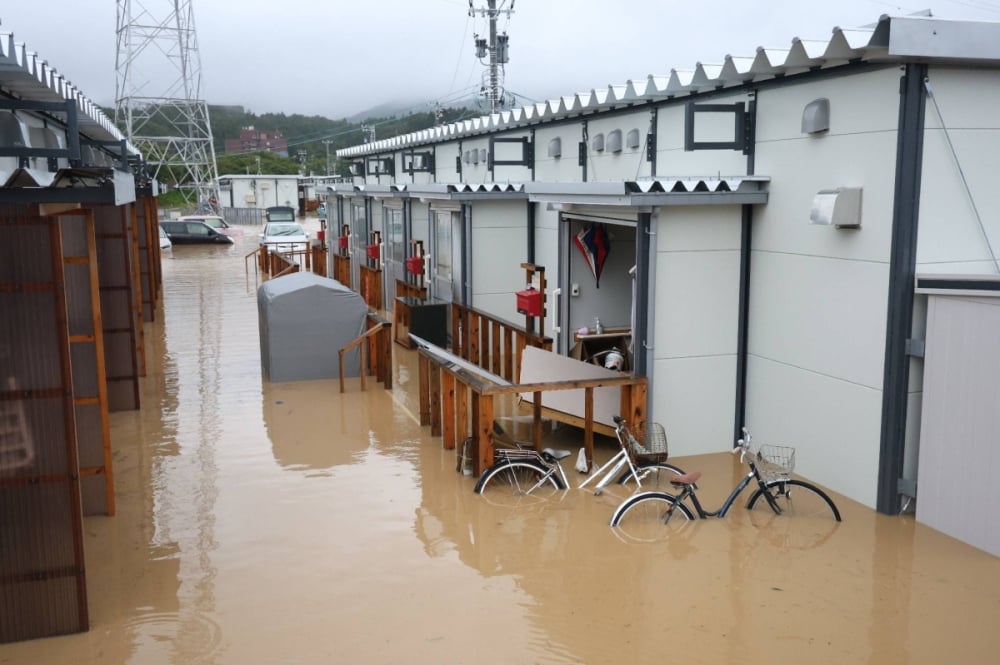
Temporary housing in Wajima city, Japan flooded on September 22
A level 5 emergency warning was issued on September 21 in Wajima and Suzu cities, and Noto town in Hosu prefecture. This warning level requires people to take urgent measures to ensure safety of their lives. Japanese authorities lowered the warning to normal level on the morning of September 22, but called for vigilance against the risk of landslides and flooding in low-lying areas.
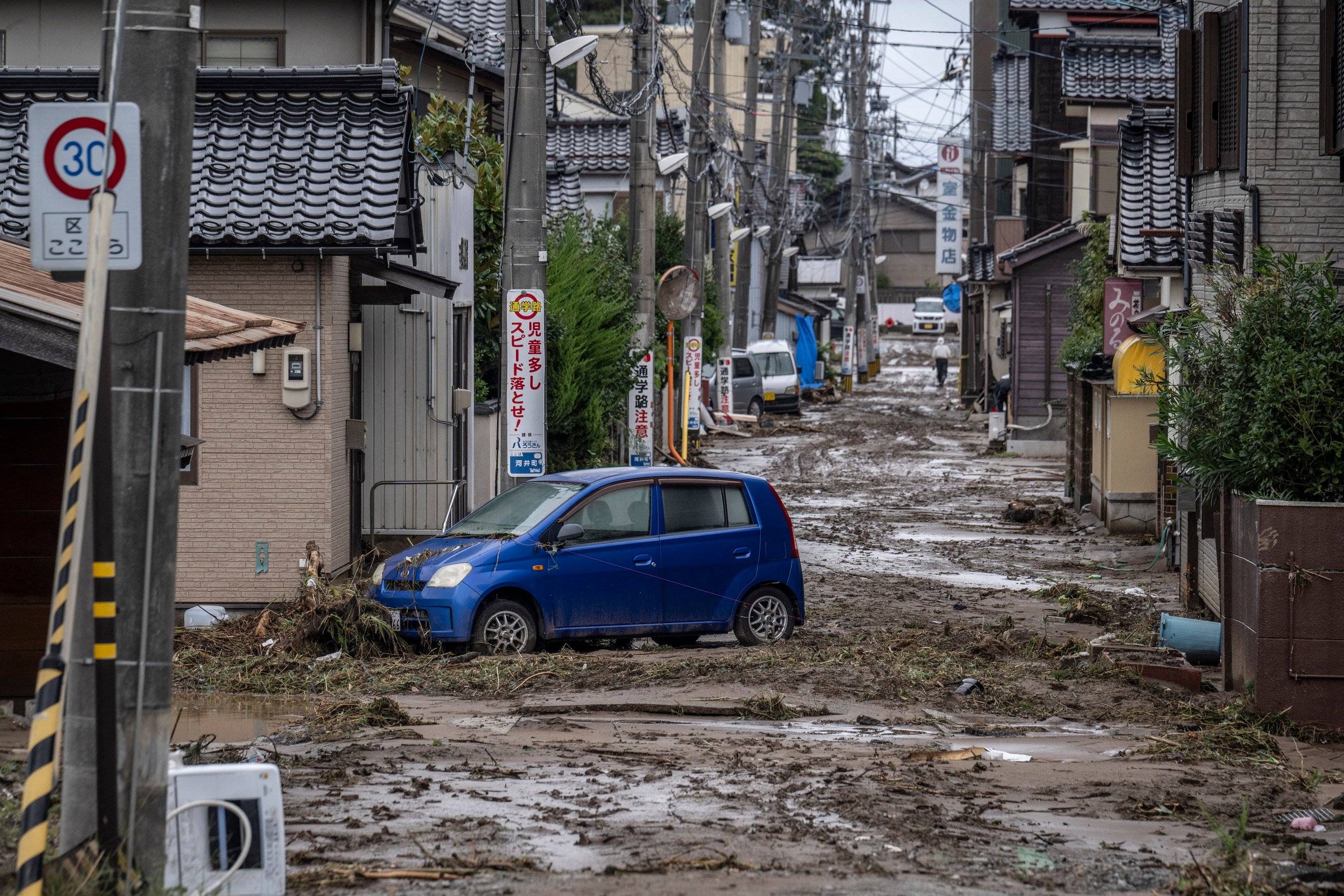
Mud piled up on a road in Wajima city, Japan on September 22 after heavy rain.
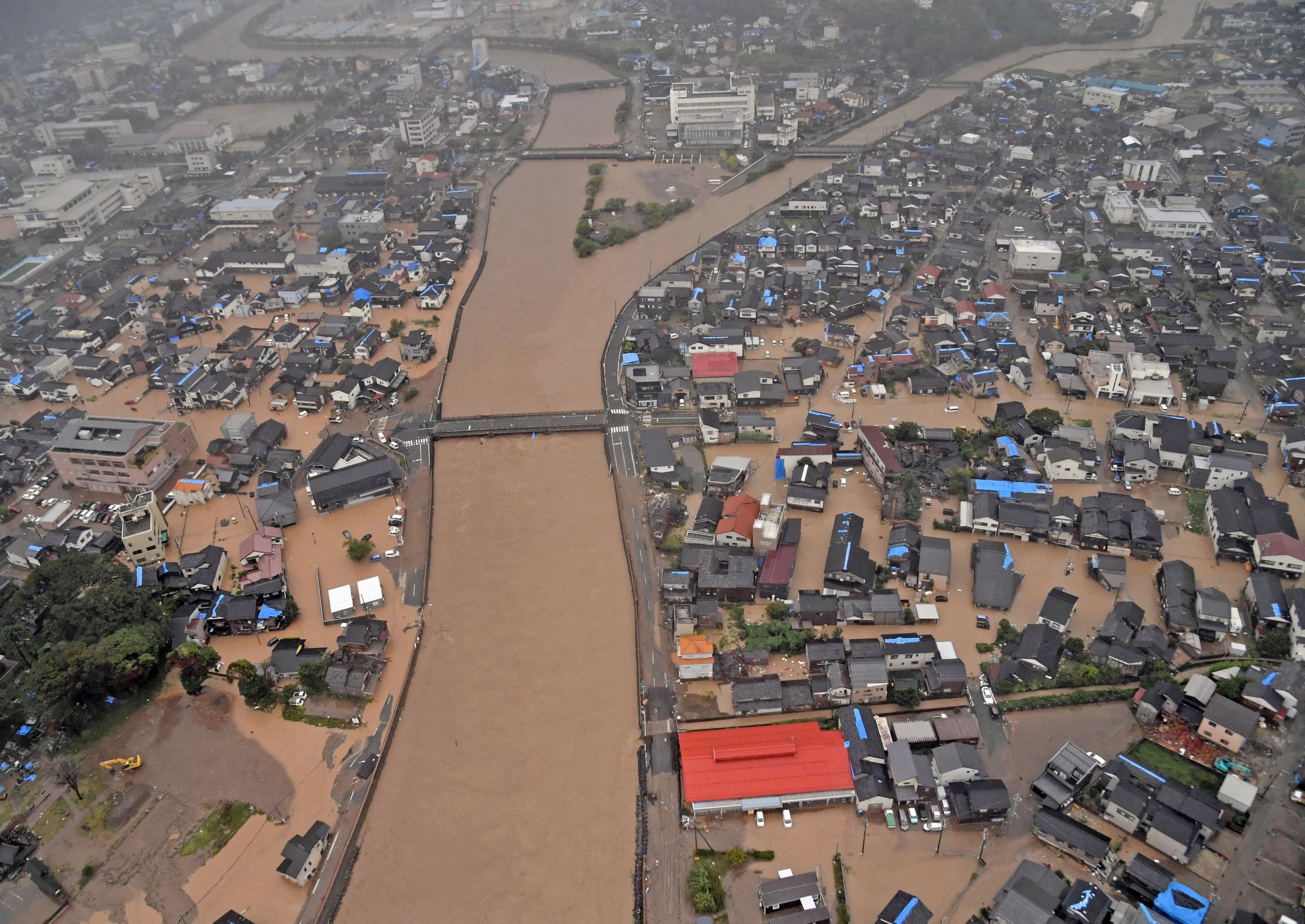
Some areas in Wajima city, Japan were flooded on September 21.
The Japan Meteorological Agency said Wajima recorded a record 497.5 mm of rain from the evening of September 20 to the morning of September 22, while Suzu recorded 385.5 mm of rain. About 45,000 households in the affected areas were asked to evacuate.
“The rainfall in these cities and towns is unprecedented,” Chief Cabinet Secretary Hayashi Yoshimasa said, adding that the Self-Defense Forces have been deployed to assist in the affected areas. The cities and towns were hit by a major earthquake earlier this year that killed nearly 400 people.
Source: https://thanhnien.vn/han-quoc-nhat-ban-dang-mua-lon-nghiem-trong-185240922124952069.htm








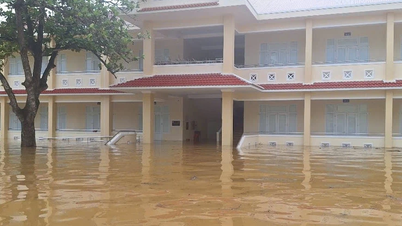



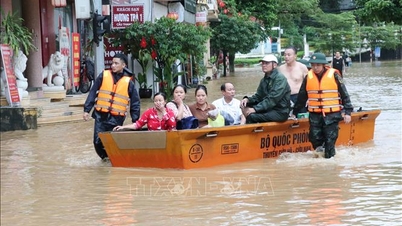
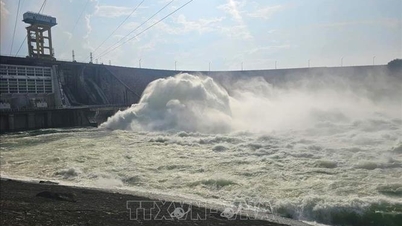


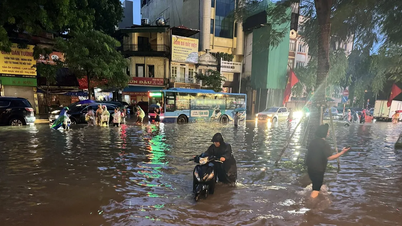

















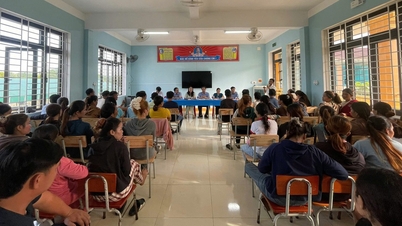





































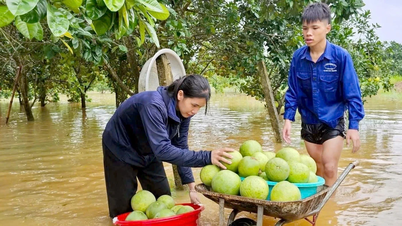

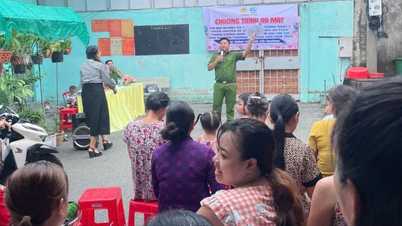


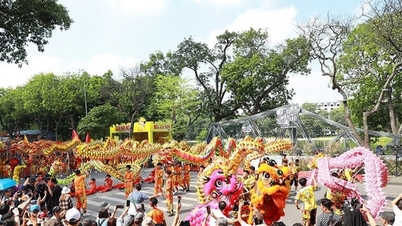
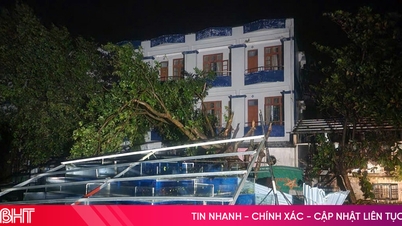

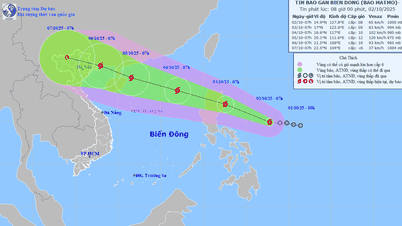














Comment (0)